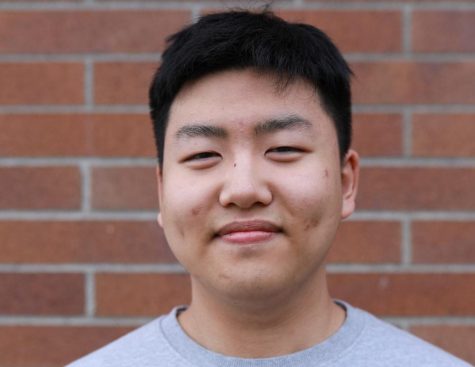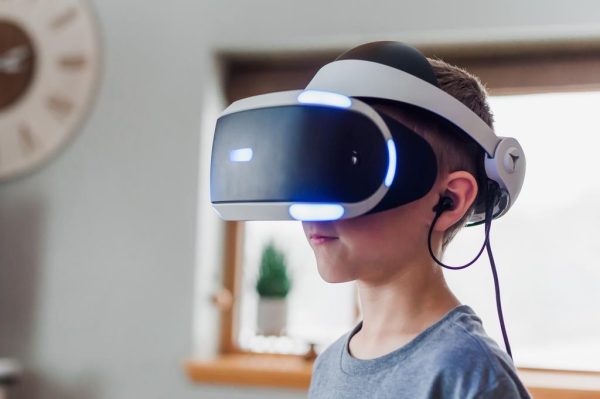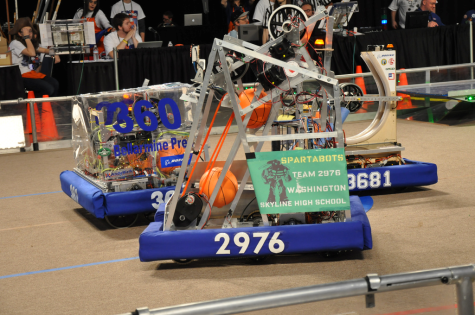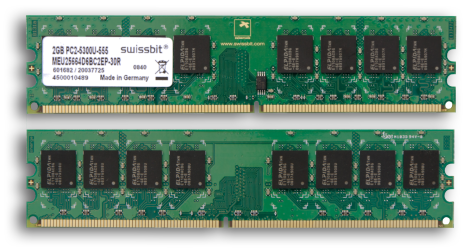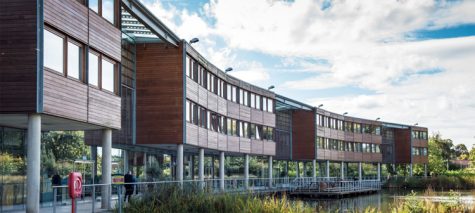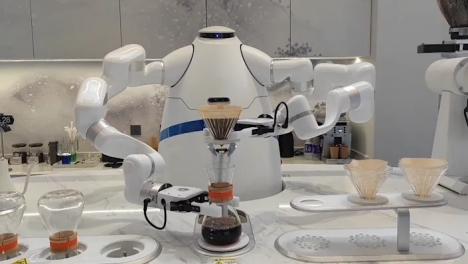Inside the Life of a Healthcare Provider

June 2, 2022
The covid situation has brought us many goods and mostly bads but one good thing it has given to us is the acknowledgement of the importance of public health. Due to this, many students have gotten interested in the healthcare system.
Cope Health Scholars is a program that allows students that are 16 or older to work and help the nurses do their jobs in the hospital.
The program provides two types of programs: Junior Health Scholars and Health Scholars.
The Junior Health Scholar program has an age range of 16 to 18. Junior health scholars are not allowed to enter isolation rooms and are prohibited to take vitals.
The Health Scholar program accepts people that are accepted to, enrolled, or graduated from a 2-year or 4-year college/university. Health scholars are allowed to enter isolation rooms with the right PPE (Personal Protective Equipment) and will take vitals for the nurses.
The program is available in the Swedish Medical Center in Washington and has many more sites on the west coast and in Hawaii.
Zoe Bach, a health scholar at the Swedish Medical Center and a high school senior at EastSide Catholic, shares their opinion about the program.
“One of the best things about the program was that I got to see how the hospital works. I got to know how health care workers need to be appreciated more because they have to do the dirty work so we don’t lose our loved ones and this. This also helped me see my future as a healthcare provider. One con would be that we can’t do much as a health scholar”. Says Bach.
Healthcare providers such as nurses work for 8 to 12 hours a day and are on high alert during the whole shift. Bach noticed this and could imagine herself in that position.
The program allows students to interact with patients and nurses. This allows the students to acknowledge what they signed up for and gives them a better idea of their future jobs. This allows students to know if a job as a healthcare provider fits them before investing too much money and time only to find out if this was what they truly wanted.
Andrew Ho, another Health Scholar and senior at Issaquah High, shares his opinion about the program.
“It takes a lot of time (280 hours) and not much work but sometimes you feel helpful. I felt really helpful when I took more than half of the vitals one of the NACs had to do and they appreciated me. Biggest takeaway for me was that being in healthcare is hard”. Says Ho “There are germs everywhere, some people are anxious, and some people die. It is not worth the money if you are practicing medicine for money”.
Andrew Ho expresses how students interested in studying medicine should reconsider and think about their goals and future before diving into them.
Like Bach said, Ho also says that the program allows students to briefly experience the life of a healthcare provider. Ho also says that there is not much work. The amount of work depends on the day, time, and department scholars are in.
Departments such as the Acute Rehabilitation Unit allow students to take vitals and work while departments like the ICU and ED allow students to observe more.
However the program takes time, exactly 280 hours, and money, ranging from $232 to $509, to do so if students are not sure if they want to work as a provider, it might not be worth the money.
Still, like Andrew Ho said, scholars should work as a healthcare provider not only for the money but for their passion and their dedication to their job.

